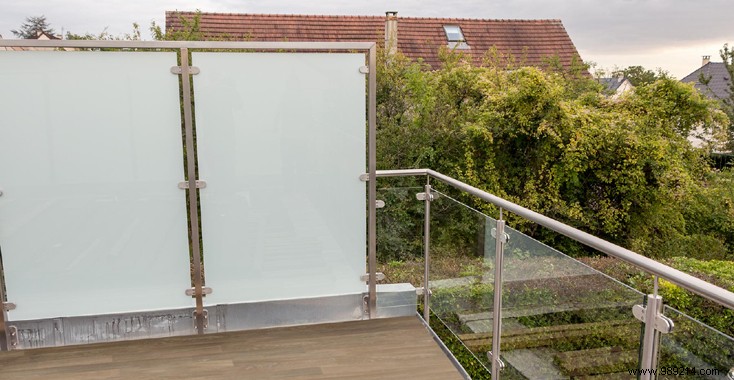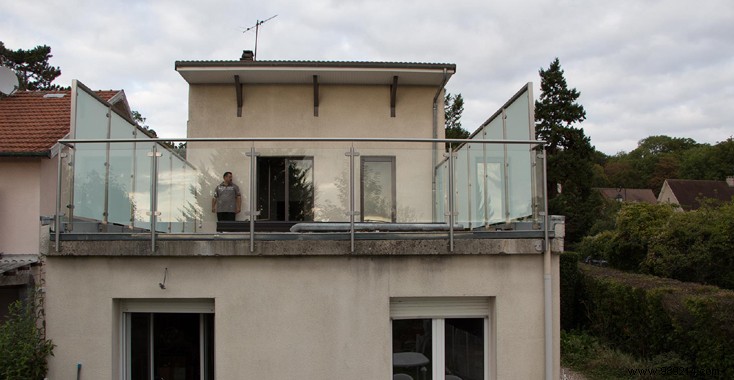Whether for a terrace, for a loggia, or for a balcony, balustrades and railings are not only safety devices intended to prevent falls, but they also bring a small aesthetic touch to the exterior facade of your building. 'a house. Let's take a look at this beautifying equipment.

If we refer to the NF P01-012 standard currently in force, the installation of A guardrail or a balustrade is mandatory from the moment the height of the platform exceeds one meter. Here, the objective is to avoid, but above all to prevent, possible falls which can be quite simply fatal at this level.
And in the event that the distance between the platform and the ground varies between 45 centimeters and one meter, the installation of a planter, an acroterion, or a low wall will also be necessary. It is important to emphasize that failure to comply with this regulation is punishable by a heavy fine. This legislation applies to all places of residence, schools, hotel, commercial and industrial buildings... Not to mention places that are frequented by the public such as a museum or a concert hall.

Concerning now its dimensions, some imperatives will be observed. Thus, the height of the railing will be defined according to its thickness. But already, the thicker the guardrail, the lower its height.
For example, for a balustrade whose thickness is greater than or equal to 20 centimeters, a rise of 1 meter is mandatory. Otherwise, 0.975 meters for 25 centimeters, 0.9 meters for 40 centimeters, or 0.7 meters for 60 centimeters. As for the other constraints to be respected, in the case of vertical bars, the spacing between each must be 11 cm and 18 cm for the horizontal ones.
It does not matter the perimeter to be secured. There are two main types of balustrades offered on the market. First, there are the landing railings that act as barriers on the edges of terraces, mezzanines and balconies. Then there are the crawling models to secure the flight of stairs. And as far as fixing is concerned, you have the choice between placing the railing directly on top of the terrace slab or holding it against the balcony. The third alternative is to opt for self-supporting.

Regarding the materials of the balustrades, the possibilities are both diverse and varied:wrought iron, aluminum, cable, sheet metal, natural stone, concrete, PVC or even glass... The main thing is to order a railing that is harmonises with the architecture and style of the house, to make it a decorative element. On this subject, the railings of the brand inoxdesign.fr are quite appropriate.
But in any case, it is currently stainless steel that offers the best quality/price ratio. Not requiring a lot of maintenance and perfectly resistant to attacks, as well as to climatic variations, stainless steel is very easy to combine with other construction materials. It is particularly recommended by the sea. For fans of wood, bamboo is very fashionable at the moment.